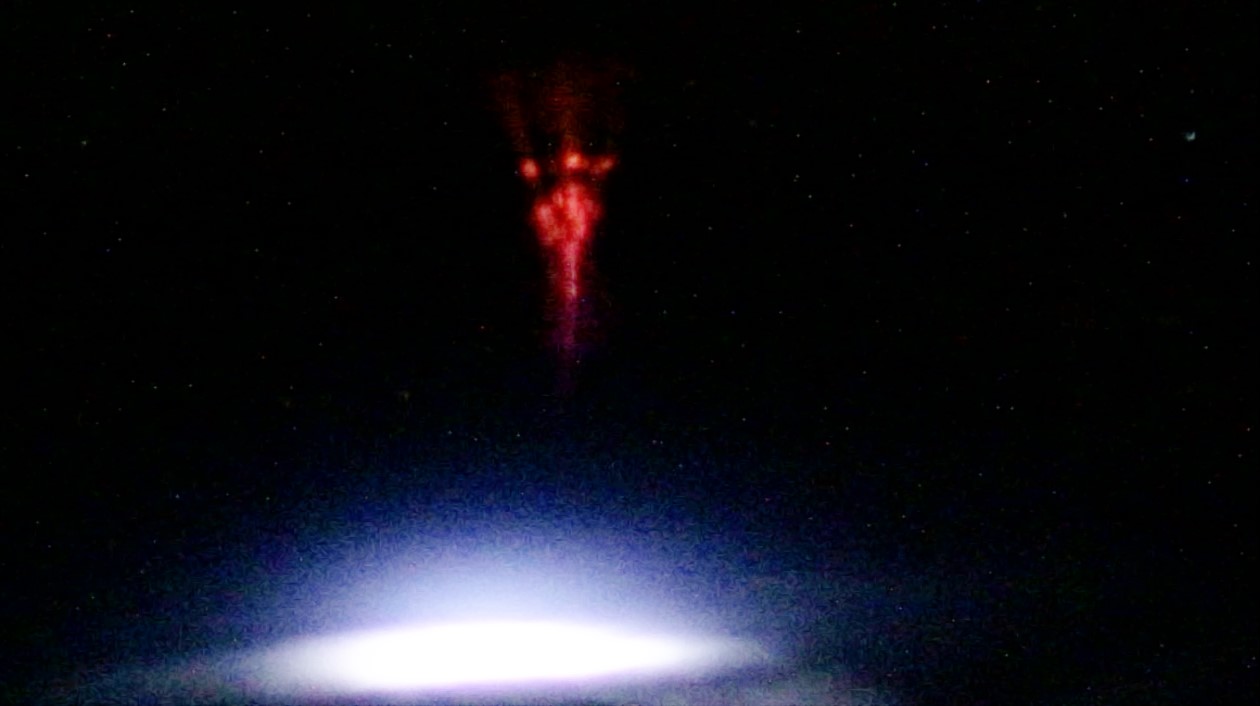Thor-Davis
Advancing Thunderstorms Research with an Event Camera
The Thor-Davis project, led by researchers from the Technical University of Denmark (DTU Space) in collaboration with the European Space Agency (ESA) and other institutions, explores thunderstorms and atmospheric electrical activity using high-speed cameras. The project's primary goal is to advance our understanding of thunderstorms and their implications for climate and atmospheric dynamics.
Thor-Davis also aims at proving the concept of operating neuromorphic camera in space by astronauts. At DTU Space, a camera system has been assembled that combines conventional cameras with neuromorphic cameras synchronized and connected to a computer for data collection. This innovative technology promises to reveal previously unseen details in lightning and other electrical phenomena above the clouds. The "event" camera transmit information only when the light intensity for a pixel changes which allow for a time resolution of a few microseconds while using few resources which corresponds to speeds equivalent to about 100,000 frames per second. This advanced technology offers unprecedented insights into the initiation and propagation of lightning, a phenomenon that has intrigued scientists for centuries.





Astronaut Andreas Mogensen plays a pivotal role in the project by operating high-speed cameras from the Cupola of the International Space Station (ISS). His task involves capturing thunderstorms and electrical activity from orbit that are forecasted one day in advance by a scientist team on the ground.
The project extends its focus to the upper troposphere (between 12 and 16 kilometers above the Earth's surface), where thunderclouds typically form. Thunderstorms influence the composition of the atmosphere, particularly through the production of nitrogen oxides, which have a significant impact on atmospheric chemistry and the ozone layer. Thunderstorms also carry aerosols and gases from the troposphere to the stratosphere, affecting atmospheric dynamics and the radiation balance. By better understanding the role of thunderstorm cloud tops in a changing climate, researchers hope to contribute to a more accurate representation of these phenomena in climate models and gain a deeper understanding of their effects on our environment.
Team members:
- Olivier Chanrion, Senior Scientist (DTU Space), Thor Davis Principal Investigator, Payload Developer, forecasting team member.
- Nicolas Pedersen, Research Assistant (DTU Space), payload development, data analysis.
- Yoav Yair, Professor (IDC Herzliya, Israel), forecasting team member.
- Martin Stendel, Climate Scientist, (Danish Meteorological Institute), forecasting team member.
- Torsten Neubert, Senior Adviser (DTU Space), co-PI.
- Andreas Mogensen, Honorary Professor (DTU Space/ESA), astronaut, main observer.